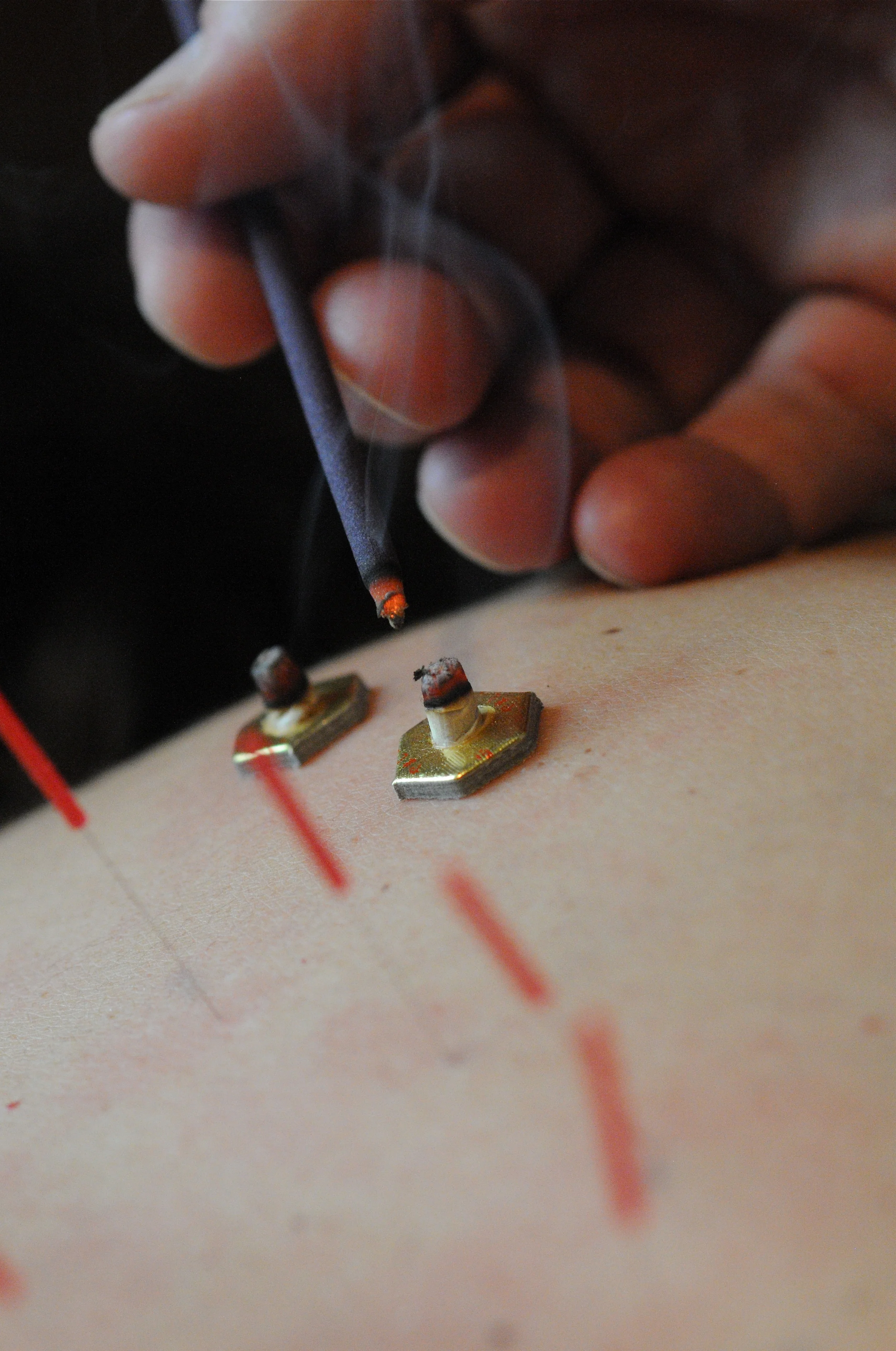Off to New York City this coming week to study with Leslie Kaminoff and 15 colleagues. Our "breath-centered immersion for hands-on yogis" should be an exciting exploration of the diaphragm, ribcage, thoracic spine, and core body structures as they all relate to the breathing mechanism. My hope is that I'll gain new insights and tools for working with things like asthma, COPD, panic/anxiety, hiatal hernia, and maybe scoliosis and other alignment issues.
Ginger Miso Soup
Ginger is one of those foods that I always say that I would want with me on that desert island - I consider it to be essential and magical. In Chinese Herbal Medicine, fresh ginger (sheng jiang) is used to warm and detoxify the digestive system, help fight colds, and relieve nausea. To help with inflammation, I recommend ginger tea, and often combine it with fresh-squeezed lemon, and maybe a pinch of cayenne pepper.
Almost everyday, I make some variation of ginger miso soup. If I don't have much time, or just want something clean and simple, the soup might just consist of water, ginger, scallion, and miso. But most of the time it is heartier than that, with some shitake mushroom, rice or quinoa, carrot slices, egg, and maybe a few peanuts thrown in for good measure. That last addition always reminds me of breakfast congee in Chinatown, New York City.
I'll change the kind of miso that I use, according to the season and my taste. Lately I've been using the dark miso but I was gravitating toward the mellow white miso for quite a while. Miso is another hugely important food that I first learned about in Macrobiotic cooking classes. Like sauerkraut, yogurt, and kimchee, it is a fermented food, loaded with probiotics. Store it in the refrigerator, and never let it come to a boil ! After my soup has cooked, I turn off the light, serve it into individual bowls, and then add the miso - somewhere between a teaspoon and tablespoon, depending on the serving size and personal taste.
Balancing Strategies
A patient came in, fatigued, with an extremely sore throat, watery eyes, and a non-productive cough. Her doctor told her that she had contracted a virus, or possibly strep, but that her symptoms were also related to her allergies. Antibiotics were prescribed.
In choosing my treatment strategy, I was cognizant of the need to combine at least two specific strategies. On the one hand, I wanted to mobilize her defenses to expel the pathogen. On the other hand, I needed to support her underlying energy reserves, so as to not further deplete her and leave her more fatigued.
In thinking about that, I realized the parallels to what I was thinking with my dad’s situation in the hospital. He had fallen and fractured a couple of ribs, leading to blood and fluid build-up in his lungs. He was requiring oxygen and antibiotics.
On the one hand, he needed to rest and allow his body to heal. On the other hand, every day that he was stuck in a hospital bed, his body was being de-conditioned, which, at his age, is a huge challenge.
My challenge was to find the balance between creating a calm, quiet, restful space for him to heal, while also pushing him to move his joints and limbs, and do whatever he could to increase the blood and oxygen circulation through his body.
Both my patient’s situation and my dad’s, describe a dynamic tension between two seemingly opposing strategies
Allowing
ALLOWING – something confirmed in physical therapy today.
With dad’s finger hooked to the oxygen sensor, he was instructed to breathe in through his nose, out through his mouth. Just a few breaths can change oxygen saturation levels. Trying too hard, he used a lot of energy, and his oxygen level fell. Just a few nice deep breaths, followed by a relaxation phase, and his oxygen levels were nice and high. The therapist encouraged him, as I always do, to adjust his posture to a more upright, open position. Allow the lungs to accept more oxygen. So, the take-home message; don’t “do”, allow.
Kindness - pass it on
Today I spent a lovely, nurturing hour in the warm sun, with my dad. Afterwards I went to my favorite Indian buffet. There is one guy that works there, who always asks how my dad is doing, as we had been in there many times together. I think it is so sweet of him to ask.
When I was at the counter, to pay, he said; “it’s okay”, and waved me out the door. But I insisted on paying, telling him that someday I may really need his generosity, but that today I was okay, and would like to pay. So, instead, he punched two holes in my meal card, that, after ten purchased lunches, leads to one free one.
I felt so good to have been seen by this relative stranger; to be cared about, and to be offered his generosity and kindness. It reminded me of the commercial in which people keep passing on a good turn, after witnessing someone else doing it.
I do that in my clinic as well. If people need it, I can give them a break in the cost of the treatment or the supplements they purchase. I have that power; I can make that kind of choice. I like giving and receiving kindness.

